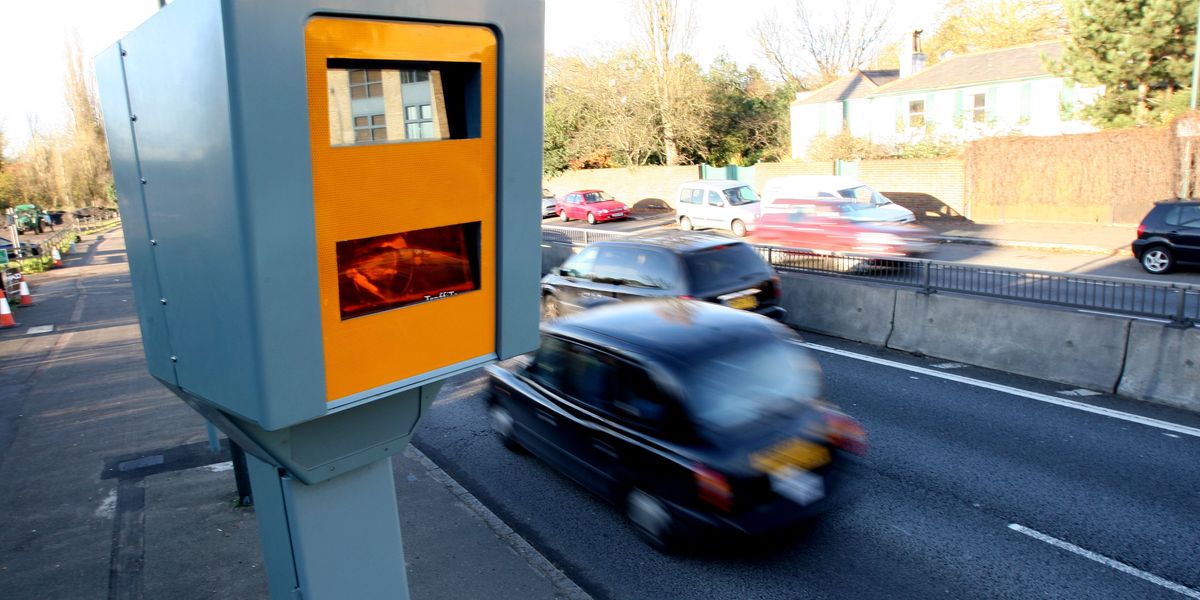One in four Americans tested for a stomach bug have ultra-contagious norovirus, according to new data.
The CDC reported Monday that 28 percent of tests for norovirus, America’s most common foodborne illness, came back positive for the first week of January.
This adds up to just over 820 positive infections, a four-fold surge over the week of December 7.
However, the true number of infected Americans is likely much higher, as most people don’t get tested and the illness affects millions each year.
Norovirus cases have doubled compared to this time last year, when just over one in 10 tests were positive.
And CDC data shows norovirus is having its strongest surge since before the pandemic, as test positivity rates ranged from one to 16 percent from January 2019 through January 2024.
Additionally, rates are highest in Midwestern states like Missouri, Illinois, Minnesota, Michigan, and Ohio, among others, with one in three tests coming back positive.
The figures come as the US faces a quad-demic of winter illnesses, leading some states to bring back mask mandates.
The above graph shows the increase in positive norovirus tests from August 2024 through the first week of January 2025

Norovirus is the most common foodborne illness in the US, infecting as many as 21million Americans every year. It causes diarrhea, vomiting, nausea, and stomach pain
Your browser does not support iframes.
Norovirus infects around 21 million Americans annually and sends around 2 million to their doctor’s offices or urgent care.
It causes severe diarrhea and vomiting, which can lead to life-threatening dehydration. It spreads through contact with germs from an infected person’s vomit or feces, contaminated food, shared utensils, or surfaces they’ve touched.
While most people recover within a few days, the virus kills around 900 people every year, mostly adults 65 and up.
Outbreaks are most common in the winter due to a jump in the number of people gathering in groups for holiday festivities, traveling, and staying warm indoors, where pathogens can spread easily.
Symptoms of norovirus – nausea, vomiting, and diarrhea – come on quickly, within 12 to 48 hours of exposure.
Doctors say the illness can be avoided by thoroughly washing your hands with soap and water for at least 20 seconds, washing produce before eating it, sanitizing countertops, avoiding people who have been infected, and cooking seafood to at least 145 degrees.
The latest figures, reported to the CDC’s National Respiratory and Enteric Virus Surveillance System (NREVSS), show that for the week of January 4, the latest data available, 28 percent of the 2,960 tests done for norovirus were positive.
This adds up to roughly 828 cases found that week.
Cases have been on a sharp rise since August. During the week of December 28, one in four tests were positive, totaling roughly 780.
The week of November 30, just after Thanksgiving, 16 percent of cases were positive, adding up to just over 500.
Meanwhile, at the beginning of August, there were just 200 cases, one quarter of those reported for January 2025.
The lowest test positivity rate in the NREVSS database was 0.6 percent in November 2020, which added up to around 11 positive infections.
This could have been explained to social distancing around that time reducing the risk of diseases like norovirus that surge during the holidays.
The above chart shows the rising test positivity rate for Region 2
The above map shows which states fit into the US Census Regions CDC has divided norovirus infections into
According to the CDC data, states in what the census designates Region 2 had the highest test positivity rate for norovirus.
In these states, about 30 percent of 1,673 tests were positive, adding up to 500.
Region 2 includes Missouri, Illinois, Indiana, Ohio, Kansas, Iowa, Nebraska, North Dakota, South Dakota, Minnesota, Wisconsin, and Michigan.
Region 3 had the lowest test positivity rate at 14 percent of 501 tests. This adds up to roughly 70 cases.
States in Region 3 are Texas, Oklahoma, Arkansas, Louisiana, Mississippi, Alabama, Georgia, Florida, North Carolina, South Carolina, Tennessee, Kentucky, West Virginia, and Virginia.
Some scientists have speculated that this year’s flood of norovirus cases could be caused by a novel strain to which people have no pre-existing immunity.
Lee-Ann Jaykus, a microbiologist at North Carolina State University who directs NoroCORE, a food virology collaboration among multiple federal agencies, said that while the CDC’s genetic analyses of circulating noroviruses haven’t revealed any significant changes this season, the potential emergence of a new strain is a key concern for many experts.
She told Vox: ‘I can guarantee you that my colleagues at the CDC are doing a lot of sequencing now to figure out if there is a new strain, but it’s too early to say that there is.’




